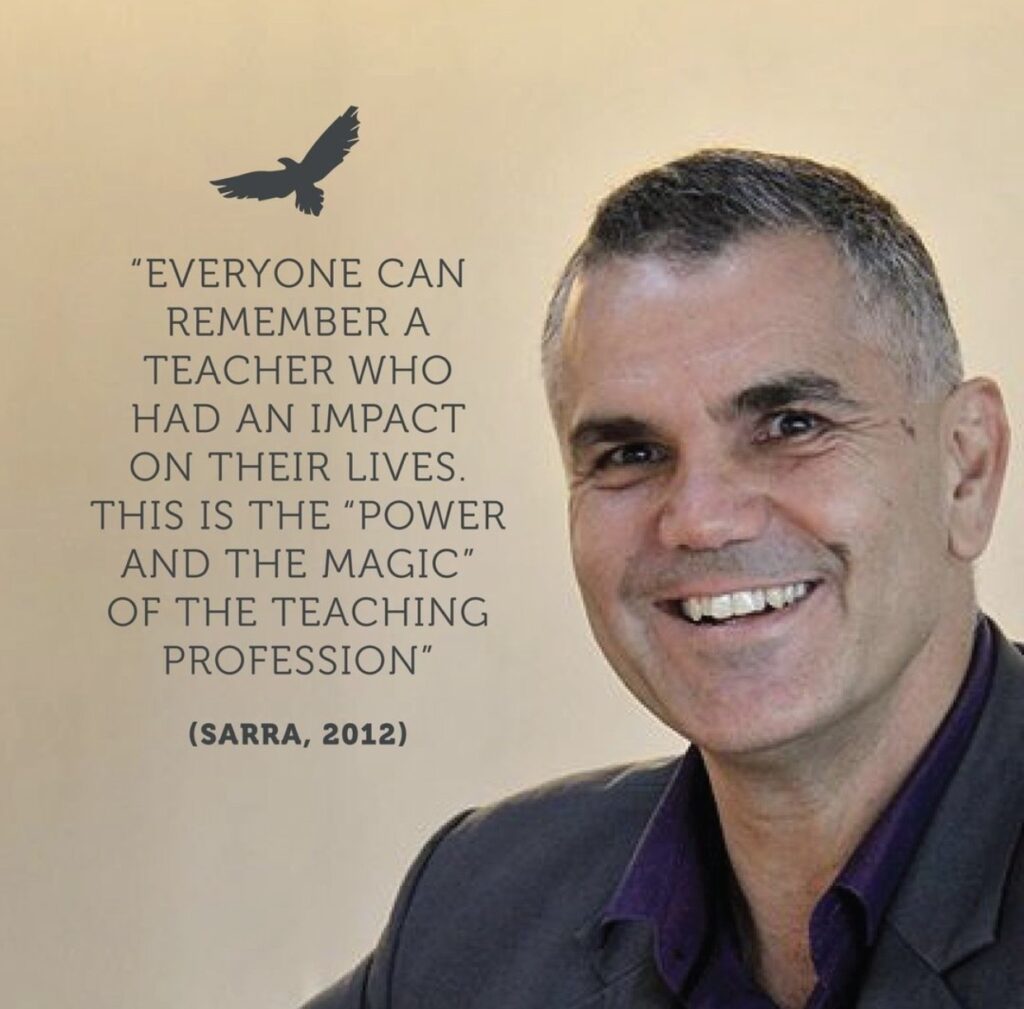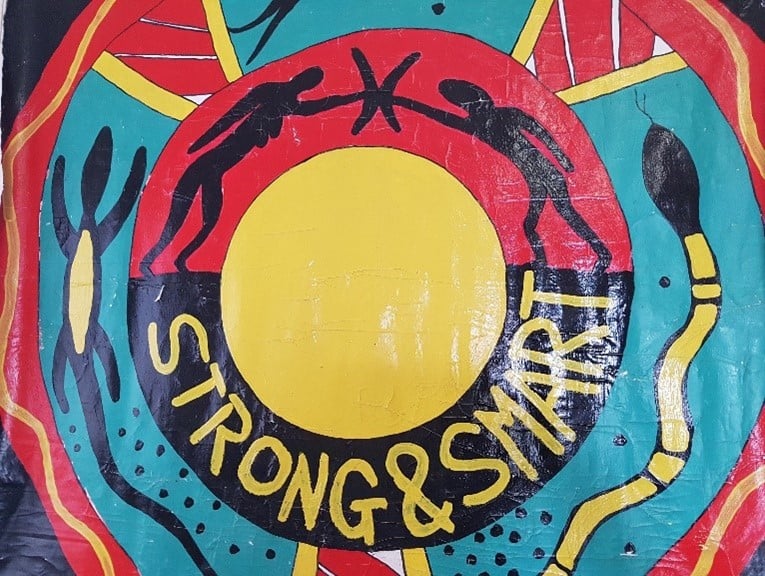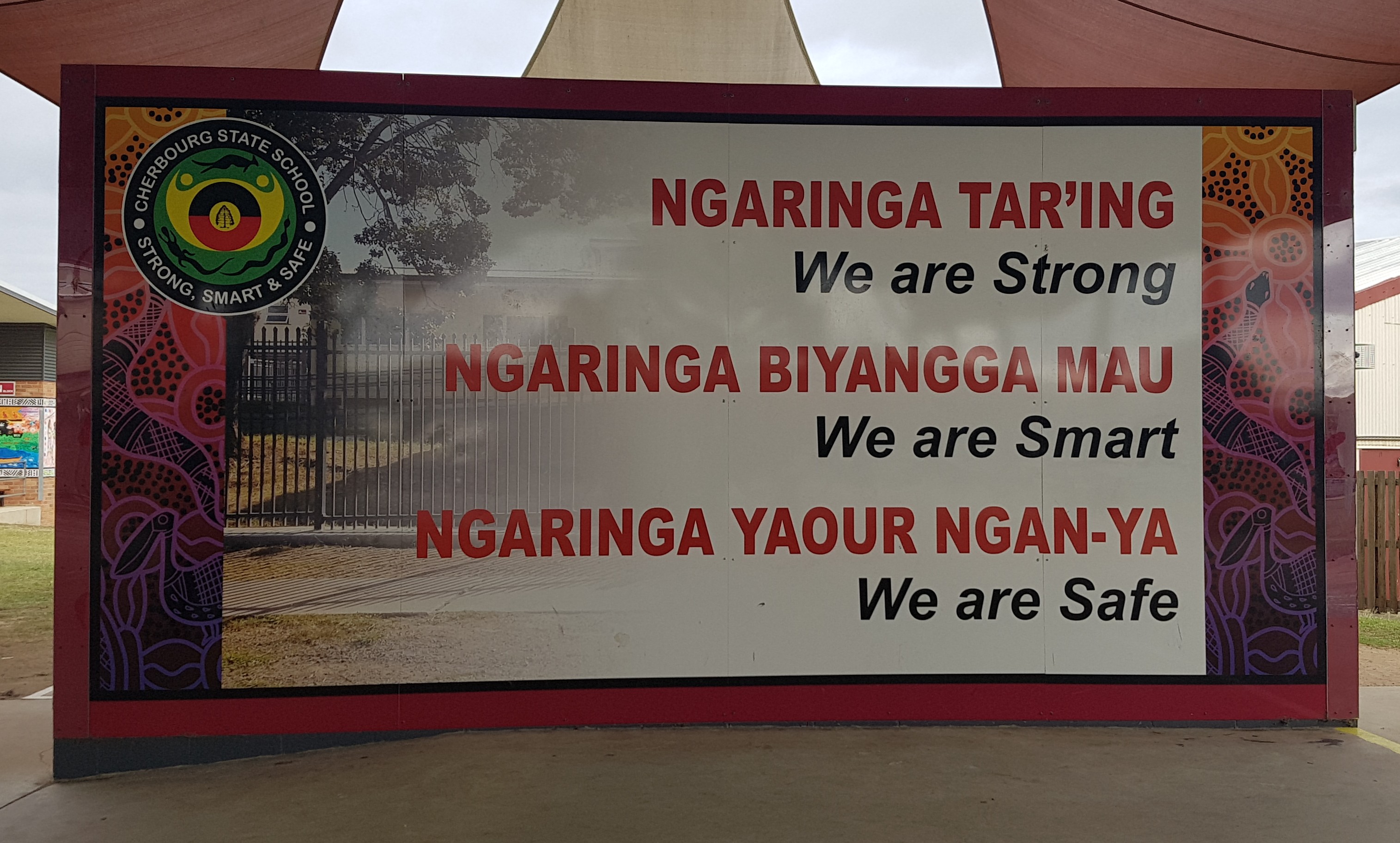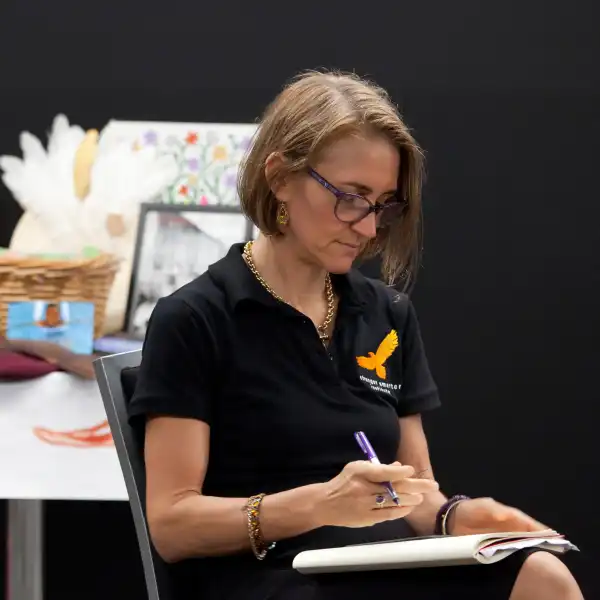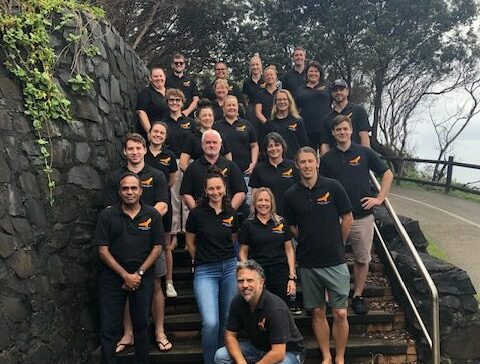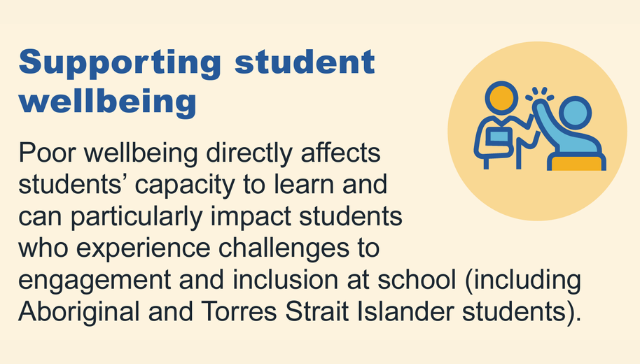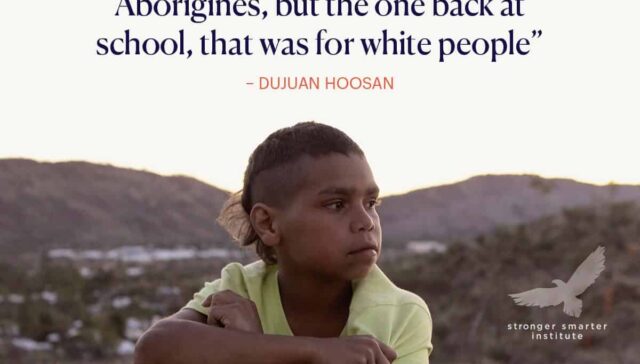
Strong and Smart
Strong and Smart is a strengths-based approach that signals a ‘belief in the capacity’ of Aboriginal and Torres Strait Islander children to perform as well as any other child, regardless of the complexity of their social and cultural context. Every child can be both Strong in identity and culture and Smart in the classroom.

